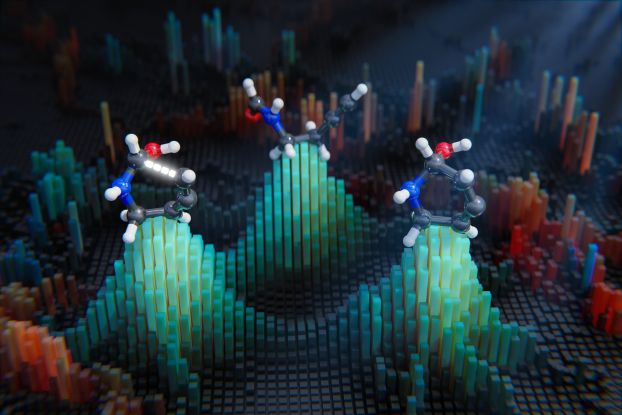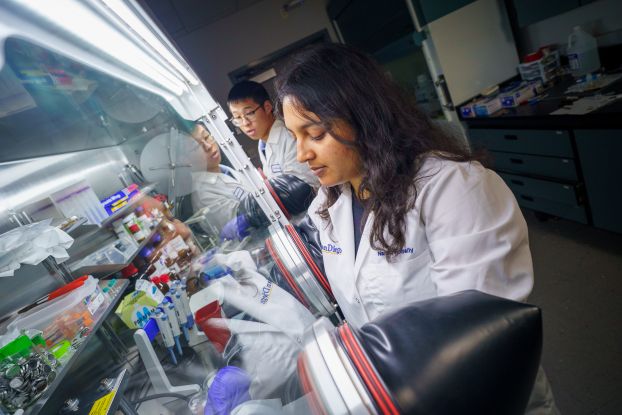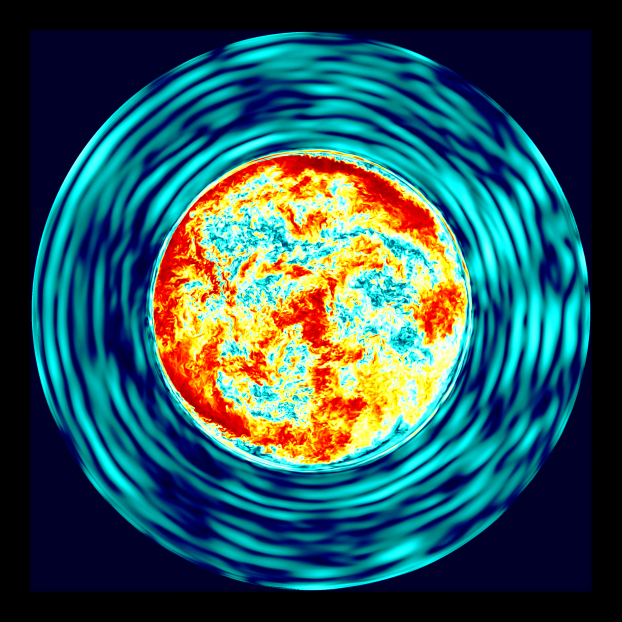This collection of lessons and web resources is aimed at classroom teachers, their students and students' families.
 On this page
On this page
Lessons and activities
GenCyber
For educators, parents and students (grades K–12)
Find in-person and virtual camps introducing K-12 students and teachers to cybersecurity basics.
Scratch
For educators, parents and students (grades 2–12)
Learn the fundamentals of coding language and build mathematics, computation and problem-solving skills.
ARIN-561
For students (grades 9–12)
This game allows players to explore a strange new planet as a crash-landed astronaut while also introducing them to foundational artificial intelligence concepts through visual and interactive tutorials.
Computational Science Education Reference Desk (CSERD)
For educators (grades K–12) and students (grades 9–12)
CSERD helps students learn about computational science and helps teachers integrate computer science into their classrooms.
Whyville
For students (grades 2–10)
Whyville is an online virtual world where kids play games, solve puzzles and engage in various activities. They can also run businesses and collaborate while being part of a safe and monitored environment.
Code! SciGirls
For educators, parents and students (grades 5–8)
This project combines the PBS "SciGirls" television series, online activities, educator professional development and community outreach to engage and broaden the participation of girls in computer science.
Hour of Code
For educators and students (grades K–12)
These one-hour coding activities are an introduction to computer science designed to demystify "code" and broaden participation in the field.
Gale Force
For educators and students (grades 3–10)
GaleForce is a virtual robotics and coding game where students are asked to join the GaleForce Robotics Disaster Relief Team to help San Juan, Puerto Rico, prepare and recover from a hurricane.
This project aims to increase interest of underrepresented students, especially Latina students, in computer science and robotics.
CSforAll
For educators, school districts and families
CSforAll is a central resource that connects providers, schools and districts, funders and researchers who are working toward the goal of providing high-quality computer science education to all K–12 students.
Videos
Quantum — Unlocking the Power
Quantum science has the potential to revolutionize the world. Explore qubits, entanglement, super position and quantum computing and learn how quantum computers can solve countless problems.
What is Artificial Intelligence?
AI is becoming a way of life, with new systems and uses popping up every day. Michael Littman, division director for Information and Intelligent Systems at the U.S. National Science Foundation, talks about the early days of the field and how humanity has a role to play in developing the AI of the future.
Meet a Computer Engineer
Meet Josiah Hester, an assistant professor of computer engineering at Northwestern University, who is doing some interesting work with computer systems and hoping to power them with natural sources.
Images

Credit: David W. Kastner (available under Creative Commons license Attribution-NonCommercial-NoDerivs 3.0 Unported)

Credit: David Baillot/UC San Diego (available under Creative Commons license Attribution-NonCommercial-ShareAlike 4.0 International.)

Credit: Paul Woodward/University of Minnesota

